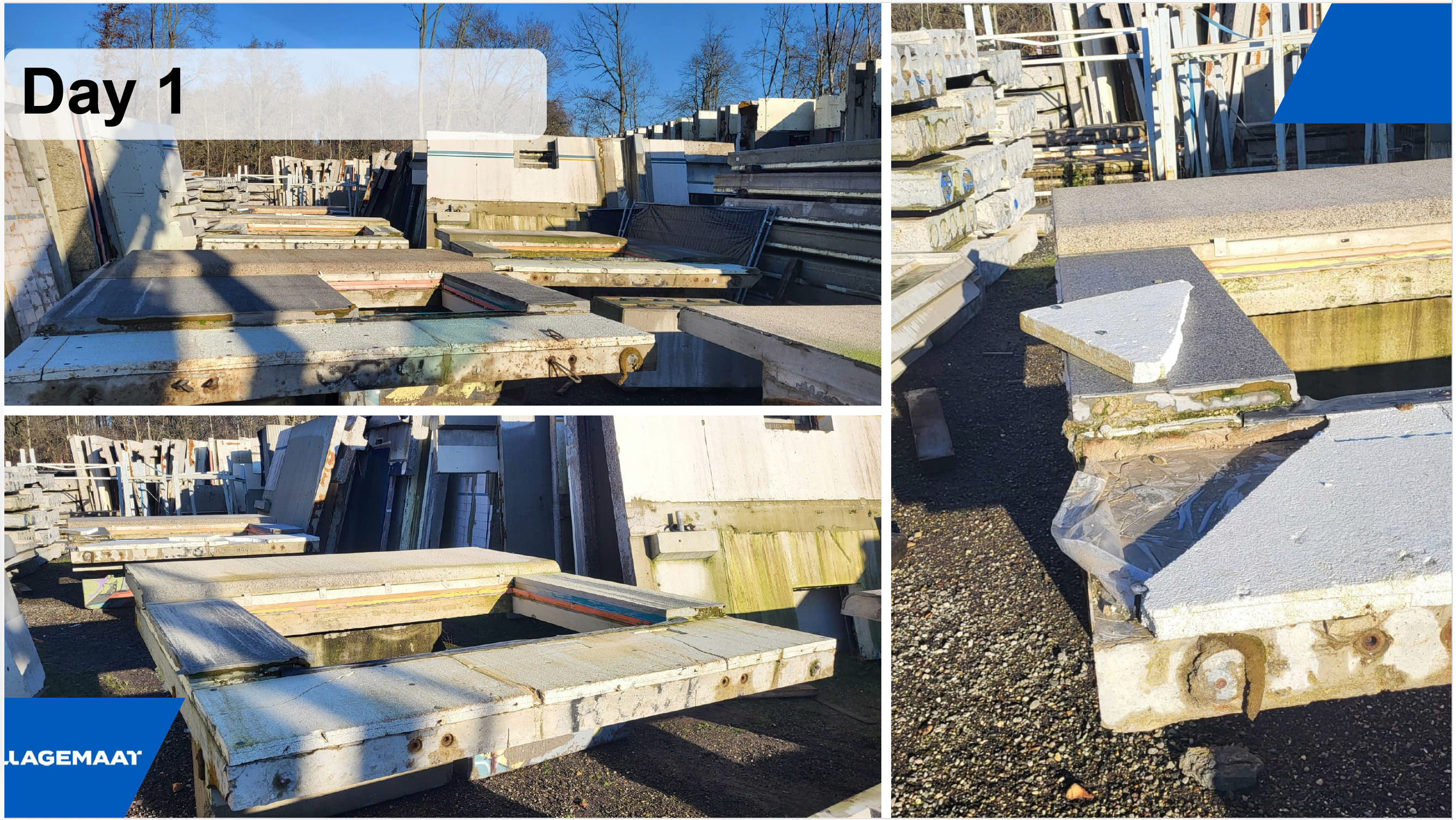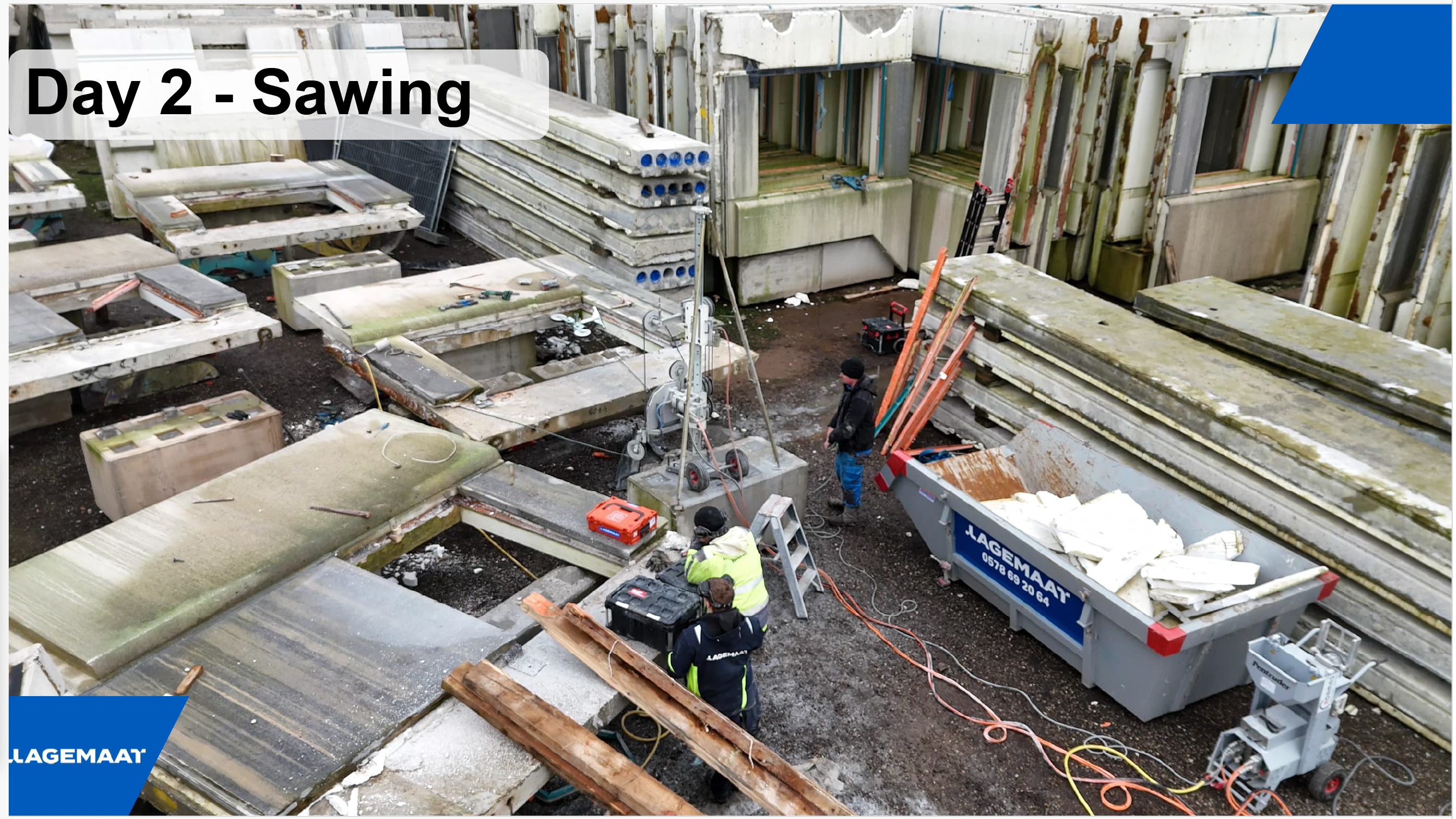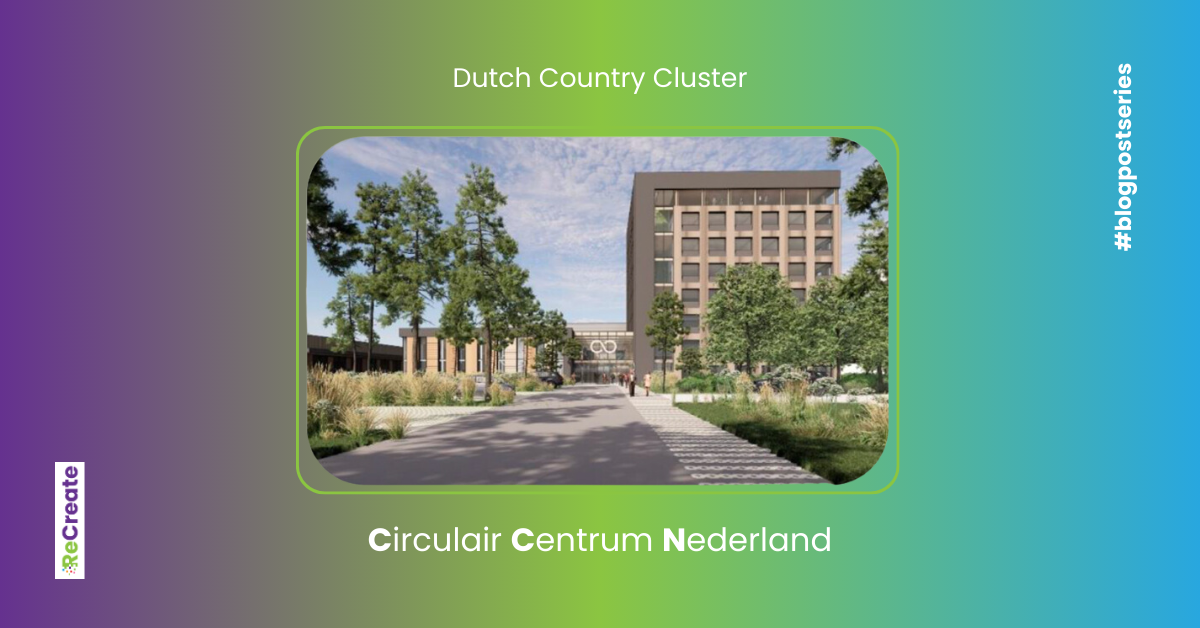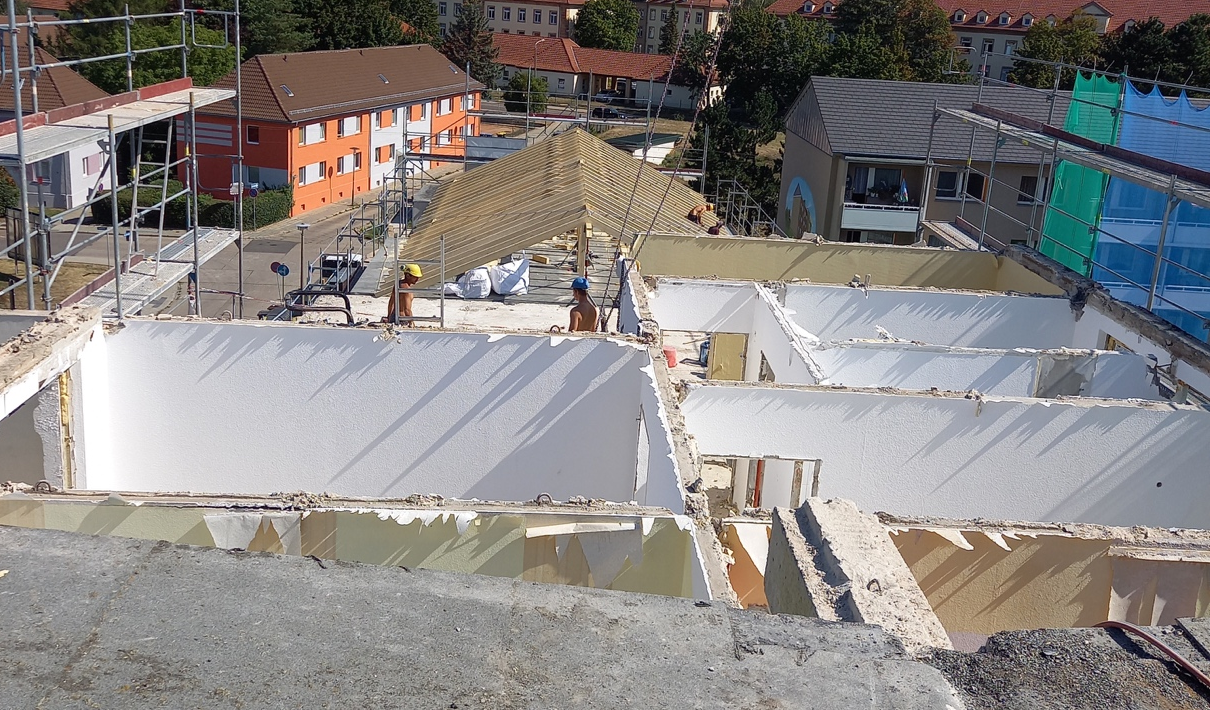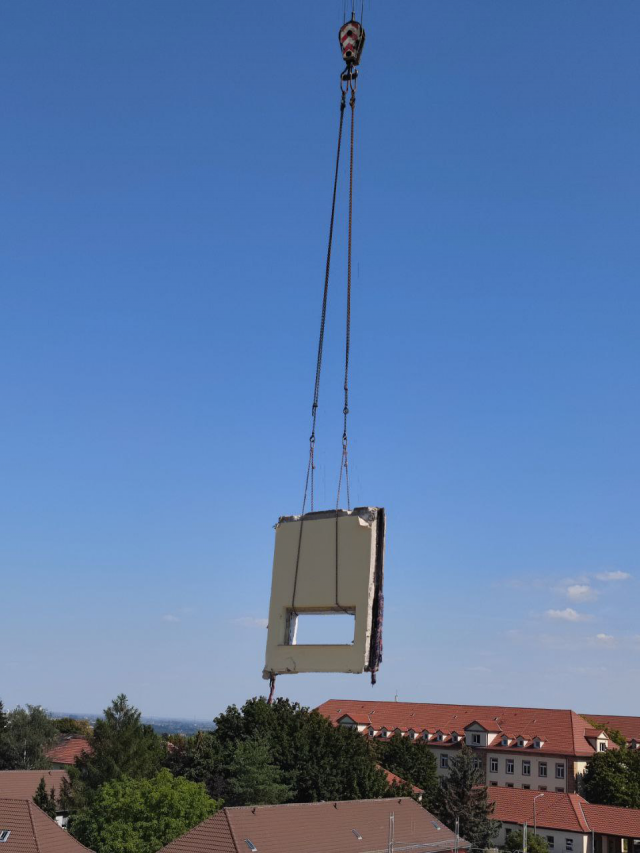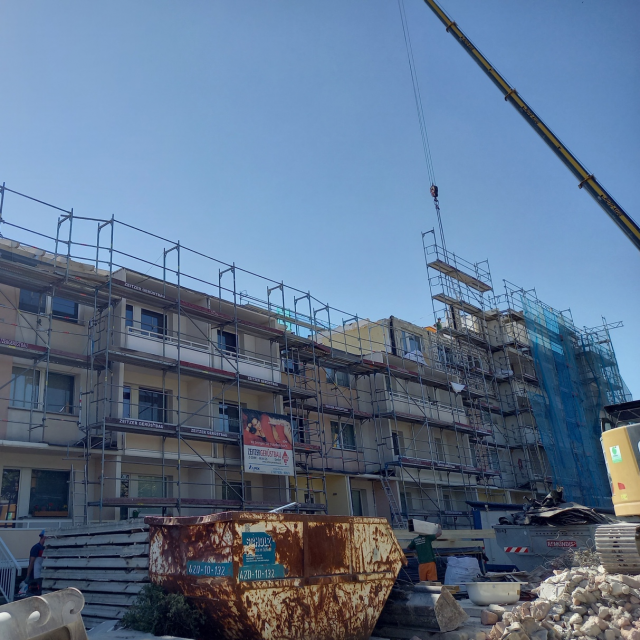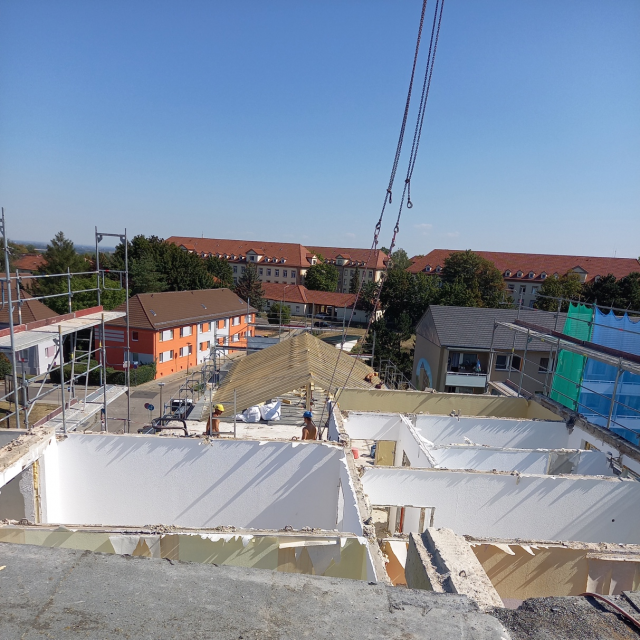The Refurbishing Plan developed by Lagemaat outlines a comprehensive renovation strategy for the Prinsenhof A-building that is being used as a donor building to transform it into the Circular Centre Netherlands (CCN) as the Dutch pilot project.
The plan addresses spatial integration, new site layout, and construction processes in Heerde. Temporary facilities, such as a mock-up and the Inspiration Pavilion, will be built to provide a realistic representation of the final design, to test the construction process and design details, and to allow visitors and stakeholders to explore the site. Additionally, a processing and sawing shed will be established to optimise space and facilitate refurbishment operations. The CCN design incorporates hollow-core slabs and façade elements. The façade elements are categorised into corner and middle elements based on structural application. The refurbishment involves uncovering external finishes and insulation to maintain structural integrity. A repurposed in-site tool will facilitate the processing and sawing of elements. Façade elements were cut, and the front parapets were removed from the structural elements with the saw wire. The parapets are then stored separately and stacked for clear and efficient organisation. Hollow-core slabs will be shortened using specialised equipment. This includes, among other things, cutting the elements using a specially designed setup tailored for shortening the slabs simultaneously. This phase ensures the elements are prepared for reuse without damage and in the same place where the CCN will be assembled.

Materials are managed with appropriate storage space to ensure easy identification and accessibility. This arrangement allows efficient use of logistics and space at the main site. The strategic approach aims to reduce risks, minimise costs, and enhance the overall quality of the project. This plan aims to ensure good practices for sustainable construction and future projects, aligning with the objectives of the ReCreate project.
